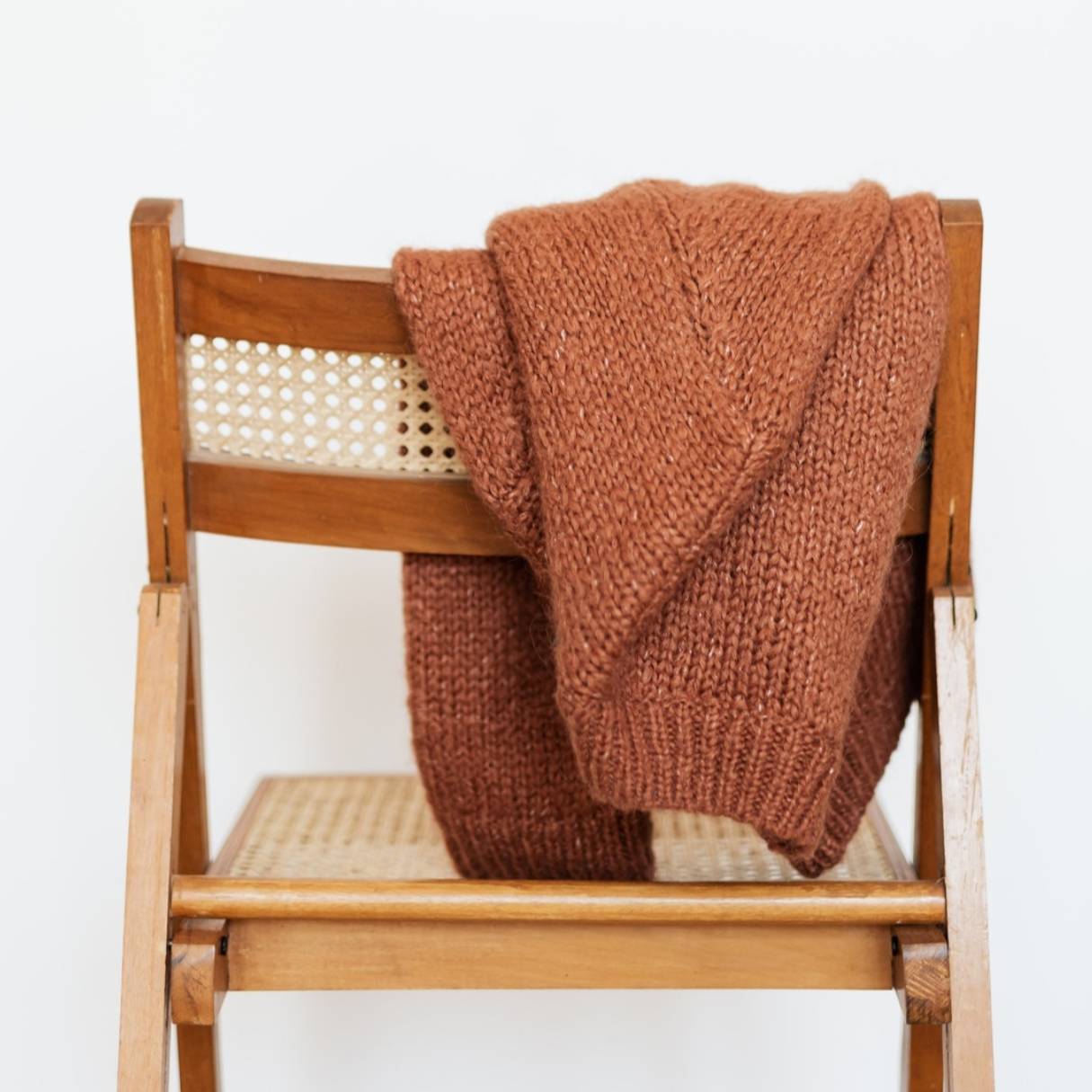

Articles
How To Store Merino Wool Clothing
Modified: October 27, 2024
Learn how to properly store your merino wool clothing to keep them fresh and in the best condition. Find helpful articles and tips on storing merino wool garments.
(Many of the links in this article redirect to a specific reviewed product. Your purchase of these products through affiliate links helps to generate commission for Storables.com, at no extra cost. Learn more)
Introduction
Welcome to this comprehensive guide on how to store your precious merino wool clothing. Merino wool is a luxurious and highly prized material known for its softness, breathability, and ability to regulate body temperature. Whether you own merino wool sweaters, socks, or base layers, proper storage is essential to maintain their quality and prolong their lifespan.
In this article, we will explore the benefits of merino wool clothing, discuss the importance of preparing your garments for storage, guide you in choosing the right storage location, explain how to clean and wash merino wool clothing before storage, demonstrate the proper folding and storing techniques, and provide tips on protecting your garments from moths and pests. By following these guidelines, you can ensure that your merino wool clothing stays in pristine condition for years to come.
Key Takeaways:
- Properly storing merino wool clothing is crucial to preserve its quality and benefits. From cleaning and choosing the right storage location to protecting against pests, these steps ensure your garments remain in pristine condition for years to come.
- By following the comprehensive guidelines for storing merino wool clothing, you can maximize their longevity and continue to enjoy the comfort, functionality, and natural benefits they offer. From preparation and cleaning to long-term storage, these steps are essential for maintaining the quality of your garments.
Read more: How To Store Wool
Benefits of Merino Wool Clothing
Merino wool clothing offers a host of benefits that make it a popular choice among outdoor enthusiasts, fashion enthusiasts, and anyone seeking comfort and functionality in their wardrobe.
First and foremost, merino wool is incredibly soft and comfortable to wear. Unlike traditional wool, merino wool fibers are much finer, resulting in a fabric that feels gentle against the skin. It does not itch or irritate like other wool materials, making it suitable for those with sensitive skin.
One of the key advantages of merino wool is its natural moisture-wicking properties. The fibers have a unique structure that allows them to absorb and repel moisture, keeping you dry and comfortable even during intense physical activities. This makes merino wool clothing an ideal choice for outdoor activities such as hiking, skiing, or running, as it helps regulate body temperature and prevents the buildup of sweat.
Another benefit of merino wool is its excellent insulation properties. The fibers have a natural crimp that creates tiny air pockets, providing exceptional insulation to keep you warm in cold weather and cool in hot climates. This makes merino wool clothing versatile for year-round wear, adapting to your body’s needs and ensuring optimal comfort.
In addition to its functional properties, merino wool is also a sustainable and eco-friendly choice. The wool is biodegradable and renewable, as merino sheep produce a new fleece each year. The farming practices for merino sheep often prioritize sustainability and animal welfare, making it a responsible choice for conscious consumers.
Lastly, merino wool has natural odor-resistant properties. The fibers are able to inhibit the growth of odor-causing bacteria, which means that merino wool clothing remains fresh and odor-free even after repeated use. This feature saves you time and effort on frequent washing, making merino wool garments a low-maintenance option.
Overall, merino wool clothing offers a combination of comfort, moisture-wicking, insulation, sustainability, and odor resistance. These benefits make it a versatile and reliable choice for various activities and climates. However, to fully enjoy these advantages, it is important to store your merino wool clothing properly and take care of them diligently.
Preparing Your Merino Wool Clothing for Storage
Before placing your merino wool clothing into storage, it is crucial to prepare them properly to ensure they remain in the best condition. Taking a few extra steps during the preparation process can prevent issues such as moth damage and fabric stretching. Here are some essential tips:
- Clean and Dry: Start by thoroughly cleaning your merino wool garments. Dirt, oils, and perspiration can attract pests and cause discoloration. Follow the care instructions on the garment label to determine the appropriate cleaning method. In most cases, you can safely hand wash or machine wash your merino wool clothing using a gentle detergent specifically designed for wool. Once clean, allow your garments to air dry completely before storing them.
- Inspect for Damage: Before storing, inspect your merino wool clothing for any signs of damage or wear. Look for loose threads, holes, or areas of significant thinning. Repair any minor damages, or consider getting professional help for more extensive repairs. Addressing these issues before storage will help prevent further damage and ensure that your garments are ready to wear when you retrieve them.
- Remove Stains: If your merino wool clothing has any stubborn stains, it is best to tackle them before putting the garments into storage. Follow the instructions provided with a stain remover suitable for wool fabrics. Remember to spot test the stain remover on an inconspicuous area of the garment first to ensure it does not cause any discoloration or damage to the fabric.
- Avoid Moth Infestations: Merino wool clothing is a prime target for moths due to its natural fibers. To prevent moth infestations, consider placing cedar blocks, lavender sachets, or moth repellent products in your storage area. These natural deterrents can help keep moths at bay and protect your precious garments.
By taking the time to properly prepare your merino wool clothing for storage, you can ensure that they remain clean, fresh, and free from damage during their time in storage. This extra effort will pay off when you retrieve your garments in the future and find them in excellent condition, ready to be worn again.
Choosing the Right Storage Location
The location where you store your merino wool clothing plays a crucial role in preserving their quality and longevity. Here are some factors to consider when choosing the right storage location:
- Avoid Direct Sunlight: Sunlight can cause fading and discoloration of fabrics, including merino wool. Therefore, it is essential to choose a storage location that is away from direct sunlight. Look for a space in your home that is shaded or opt for a storage solution that provides UV protection.
- Control Temperature and Humidity: Extreme temperatures and fluctuations in humidity can have a negative impact on natural fibers like merino wool. Ideally, select a storage area that is cool, dry, and well-ventilated. Avoid places such as attics or basements that may experience temperature and humidity variations.
- Consider Air Quality: Choose a storage location that maintains good air quality. Avoid areas with excessive moisture or exposure to pollutants. Dust and debris can also affect the quality of your merino wool clothing, so it is important to keep the storage area clean and free from any potential contaminants.
- Ample Space: Make sure the storage location provides enough space for your merino wool clothing. Avoid cramming or overcrowding your garments, as it can lead to wrinkles, creases, and potential damage. Allow sufficient room for air circulation to prevent mold or mildew growth.
- Safe from Pests: Protect your merino wool clothing from pests such as moths, silverfish, or rodents. Inspect the storage area for any signs of infestation and take necessary precautions, such as using moth repellents or keeping your garments in sealed containers.
Consider these factors when selecting the right storage location for your merino wool clothing. By providing a suitable environment, you can ensure that your garments remain in excellent condition, ready to be worn whenever you retrieve them.
Cleaning and Washing Merino Wool Clothing Before Storage
Properly cleaning and washing your merino wool clothing before storage is essential to remove dirt, oils, and any potential stains that can attract pests or cause damage to the fabric. Here are some important steps to follow:
- Read the Care Instructions: Before washing your merino wool clothing, always refer to the care instructions on the garment label. Different merino wool garments may have specific requirements, such as hand wash only or machine wash on a gentle cycle.
- Hand Wash Method: If the care instructions recommend hand washing, fill a basin or sink with lukewarm water and add a small amount of gentle wool detergent. Submerge the garment and gently swirl it around in the water. Avoid scrubbing or rubbing vigorously, as this can cause damage to the fibers. Rinse the garment thoroughly with cool water to remove any soap residue.
- Machine Wash Method: If the care instructions allow machine washing, use a mesh laundry bag and select a gentle or wool cycle with cold water. Use a mild detergent specially formulated for wool fabrics. Avoid using any bleach or fabric softeners, as they can damage the merino wool fibers. Once the cycle is complete, remove the garment promptly and reshape it if necessary.
- Air Dry: After washing, never wring or twist your merino wool clothing. Instead, gently squeeze out excess water and lay the garment flat on a clean towel. Reshape the garment to its original form and allow it to air dry away from direct sunlight or heat sources. Avoid hanging merino wool clothing, as it can cause stretching or distortion of the fabric.
- Additional Considerations: If your merino wool clothing has stubborn stains, such as wine or oil, consider treating them before washing. Use a stain remover specifically formulated for wool fabrics and follow the instructions provided. Remember to spot test the stain remover on an inconspicuous area first to ensure it does not cause any discoloration or damage.
By following these cleaning and washing guidelines, you can ensure that your merino wool clothing is fresh, clean, and free from any potential contaminants before placing them into storage. Clean garments are less likely to attract pests or develop unpleasant odors, allowing you to enjoy your merino wool clothing for years to come.
Store merino wool clothing in a cool, dry place away from direct sunlight. Avoid hanging heavy items on top of them to prevent stretching. It’s best to fold and store them in a breathable cotton or linen bag.
Read more: How To Store A Wool Blanket
Folding and Storing Merino Wool Clothing
Properly folding and storing your merino wool clothing is crucial for maintaining their shape, preventing wrinkles, and maximizing space efficiency. Follow these steps to ensure your garments remain in excellent condition during storage:
- Fold, Don’t Hang: Merino wool clothing should be folded, not hung. Hanging can cause stretching and distortion of the fabric. Lay the garment flat on a clean surface and smooth out any wrinkles or creases.
- Use Acid-Free Tissue Paper: To further protect your merino wool clothing, place a layer of acid-free tissue paper between each fold. This will help prevent any direct contact between the garments, reducing the chances of friction and potential damage.
- Organize by Type: Group similar items together, such as sweaters or base layers, before folding and storing. This will make it easier to locate specific items when you need them and prevent unnecessary rummaging through your storage.
- Sealable Containers or Bags: Consider using sealable containers or bags for storing your folded merino wool garments. This will provide an extra layer of protection against dust, moisture, and pests. Make sure the containers or bags are clean, dry, and airtight.
- Label and Date: To keep track of your stored merino wool clothing, label each container or bag with the contents and the date of storage. This will help you easily identify specific items and prioritize rotation if needed.
- Optimal Storage Conditions: Store your folded merino wool clothing in a cool, dry, and well-ventilated area. Avoid places with excessive heat, humidity, or fluctuating temperatures. Keeping a consistent storage environment will help preserve the quality of your garments.
Remember to always handle your merino wool clothing with clean hands to avoid transferring oils or dirt onto the fabric. Avoid storing your merino wool clothing in plastic bags, as they can trap moisture and potentially damage the fibers.
By following these folding and storing tips, you can ensure that your merino wool clothing retains its shape, remains wrinkle-free, and is protected from external elements. When it’s time to wear your favorite merino wool garments again, they’ll be ready and in impeccable condition.
Protecting Merino Wool Clothing from Moths and Pests
Moths and other pests can wreak havoc on your precious merino wool clothing. These insects are attracted to the natural fibers in wool and can cause irreparable damage if left unchecked. To safeguard your garments, follow these tips:
- Clean Clothing Before Storage: As mentioned earlier, thoroughly clean your merino wool clothing before storing them. Moths are attracted to dirt, oils, and perspiration on fabrics, so removing these substances will make your garments less appealing to them.
- Store in Airtight Containers: Choose sealable airtight containers or bags for storing your merino wool clothing. This will prevent moths and other insects from accessing your garments. Make sure to check the containers or bags for any holes or damage before use.
- Add Natural Moth Deterrents: Place natural moth deterrents, such as cedar blocks or lavender sachets, inside the storage containers or bags. Moths dislike the strong scent of these natural substances and are less likely to infest your garments when these deterrents are present.
- Regularly Inspect Your Storage Area: Periodically inspect your storage area for any signs of moth or pest activity. Look for small holes or webbing on your clothing, as these are indicators of a potential infestation. If you notice any issues, take immediate action to prevent further damage.
- Rotate and Use Your Clothing: Moths are more likely to target clothing that is stored for long periods without disturbance. To minimize the risk, rotate and wear your merino wool clothing regularly. The natural oils from your body can act as a deterrent to moths and help keep them away from your garments.
- Consider Freezing: If you suspect that your merino wool clothing may have been exposed to moth eggs or larvae, you can place the garments in a sealed plastic bag and freeze them for a few days. Freezing can kill any potential pests and their eggs, ensuring your garments are pest-free.
By following these tips, you can protect your merino wool clothing from moth damage and other pests. With proper prevention and care, your garments will remain in pristine condition, ready to be worn whenever you desire.
Tips for Long-Term Storage of Merino Wool Clothing
Storing your merino wool clothing for an extended period requires careful planning and attention to detail. Follow these tips to ensure your garments remain in optimal condition during long-term storage:
- Clean and Dry Thoroughly: Before storing, ensure your merino wool clothing is completely clean and dry. Any dirt, oils, or moisture left on the garments can lead to mold, mildew, or fabric damage during storage.
- Avoid Plastic Bags: Do not store your merino wool clothing in plastic bags, as they can trap moisture and promote the growth of mold or mildew. Opt for breathable storage containers or bags made from natural fabrics.
- Avoid Using Hangers: Hanging merino wool clothing for long periods can cause stretching and distortion of the fabric. Instead, fold your garments neatly to maintain their shape and minimize any potential damage.
- Use Acid-Free Tissue Paper: Place acid-free tissue paper between each folded garment to provide a protective layer and prevent any potential friction or damage. This is especially important for delicate items or garments with delicate trims.
- Control Temperature and Humidity: Maintain a consistent storage environment by storing your merino wool clothing in a cool, dry, and well-ventilated area. Extreme temperature fluctuations and high humidity levels can damage the fabric and lead to mold or mildew growth.
- Avoid Direct Sunlight: Sunlight can fade and degrade the fibers of merino wool clothing. Ensure your storage location is away from direct sunlight to preserve the original color and quality of your garments.
- Regularly Inspect: Periodically check on your stored merino wool clothing to ensure there are no signs of damage or infestation. Look for holes, discoloration, or any evidence of pests. Early detection can help prevent further damage to your garments.
- Rotate and Air Out: If possible, rotate and air out your stored merino wool clothing every few months. Take the garments out of storage, unfold them, and allow them to breathe for a short time. This helps prevent stagnation and allows for proper ventilation.
- Keep an Inventory: Maintain a detailed inventory of your stored merino wool clothing. This will help you keep track of what items you have, when they were stored, and their condition. It will also assist in planning for future use or rotation of your garments.
By following these tips, you can ensure that your merino wool clothing remains in excellent condition during long-term storage. When the time comes to retrieve them, you’ll find that your garments are still soft, cozy, and ready to be worn.
Conclusion
Properly storing your merino wool clothing is essential for preserving their quality, ensuring they remain in excellent condition, and extending their lifespan. By following the guidelines outlined in this comprehensive guide, you can maximize the longevity of your merino wool garments and continue to enjoy their comfort, functionality, and natural benefits for years to come.
We explored the numerous benefits of merino wool clothing, including their softness, breathability, moisture-wicking properties, insulation, and eco-friendliness. These qualities make merino wool a popular choice for various activities and climates. However, to truly reap the benefits of merino wool, it is crucial to store them properly.
We discussed the importance of preparing your merino wool clothing for storage, including cleaning them thoroughly, inspecting for damage, and addressing any stains or repairs. Choosing the right storage location is equally important, as it helps protect your garments from sunlight, maintains controlled temperature and humidity levels, and safeguards against pests.
Folding and storing your merino wool clothing using proper techniques, such as using acid-free tissue paper, organizing by type, and opting for airtight containers or bags, will help prevent wrinkles, maintain garment shape, and protect against dust and debris.
We also covered the critical topic of protecting your merino wool clothing from moths and pests. By keeping your garments clean, using natural deterrents like cedar blocks or lavender sachets, regularly inspecting your storage area, and rotating and using your clothing, you can minimize the risk of moth damage and ensure your garments remain pristine.
Lastly, we shared tips for long-term storage, emphasizing the importance of maintaining a clean and dry environment, avoiding plastic bags, controlling temperature and humidity, and regularly checking on your stored garments to prevent potential issues.
With these guidelines in mind, you can confidently store your merino wool clothing, knowing you have taken the necessary steps to keep them in excellent condition. When the time comes to wear your merino wool garments again, they will be ready to provide you with the comfort, style, and performance that merino wool is renowned for.
Frequently Asked Questions about How To Store Merino Wool Clothing
Was this page helpful?
At Storables.com, we guarantee accurate and reliable information. Our content, validated by Expert Board Contributors, is crafted following stringent Editorial Policies. We're committed to providing you with well-researched, expert-backed insights for all your informational needs.
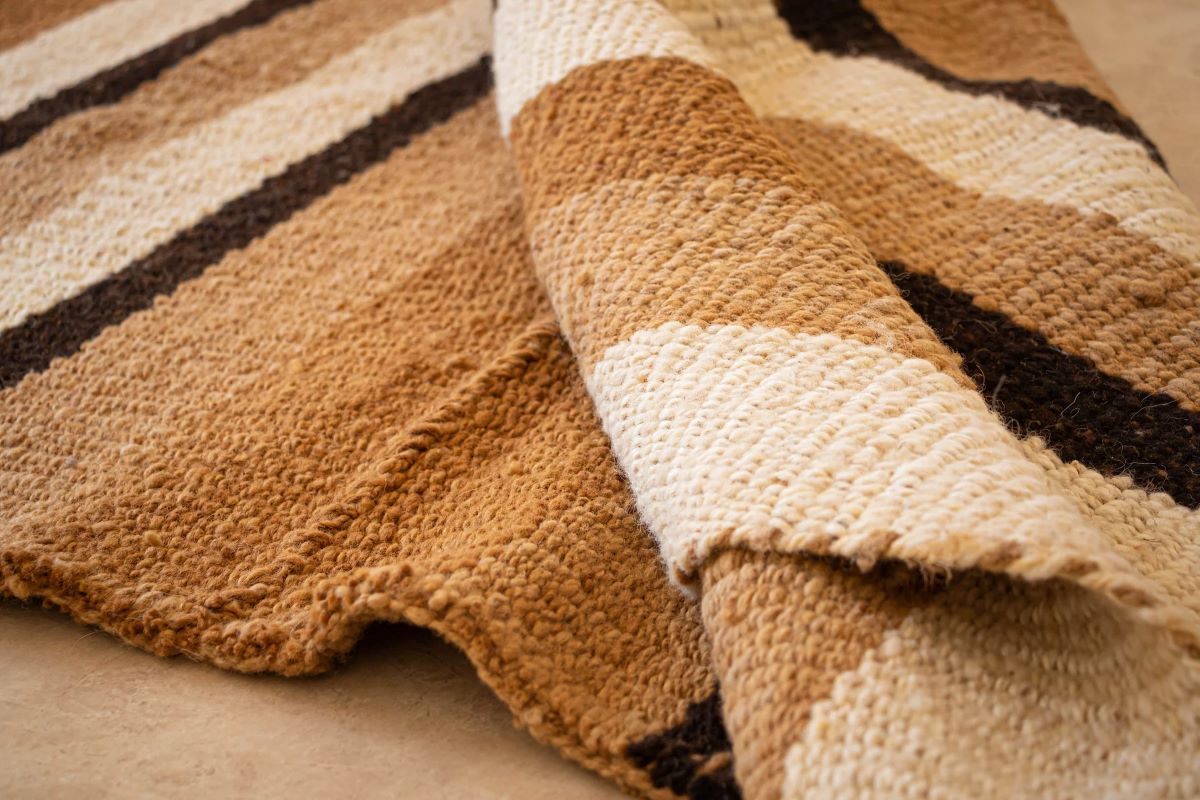
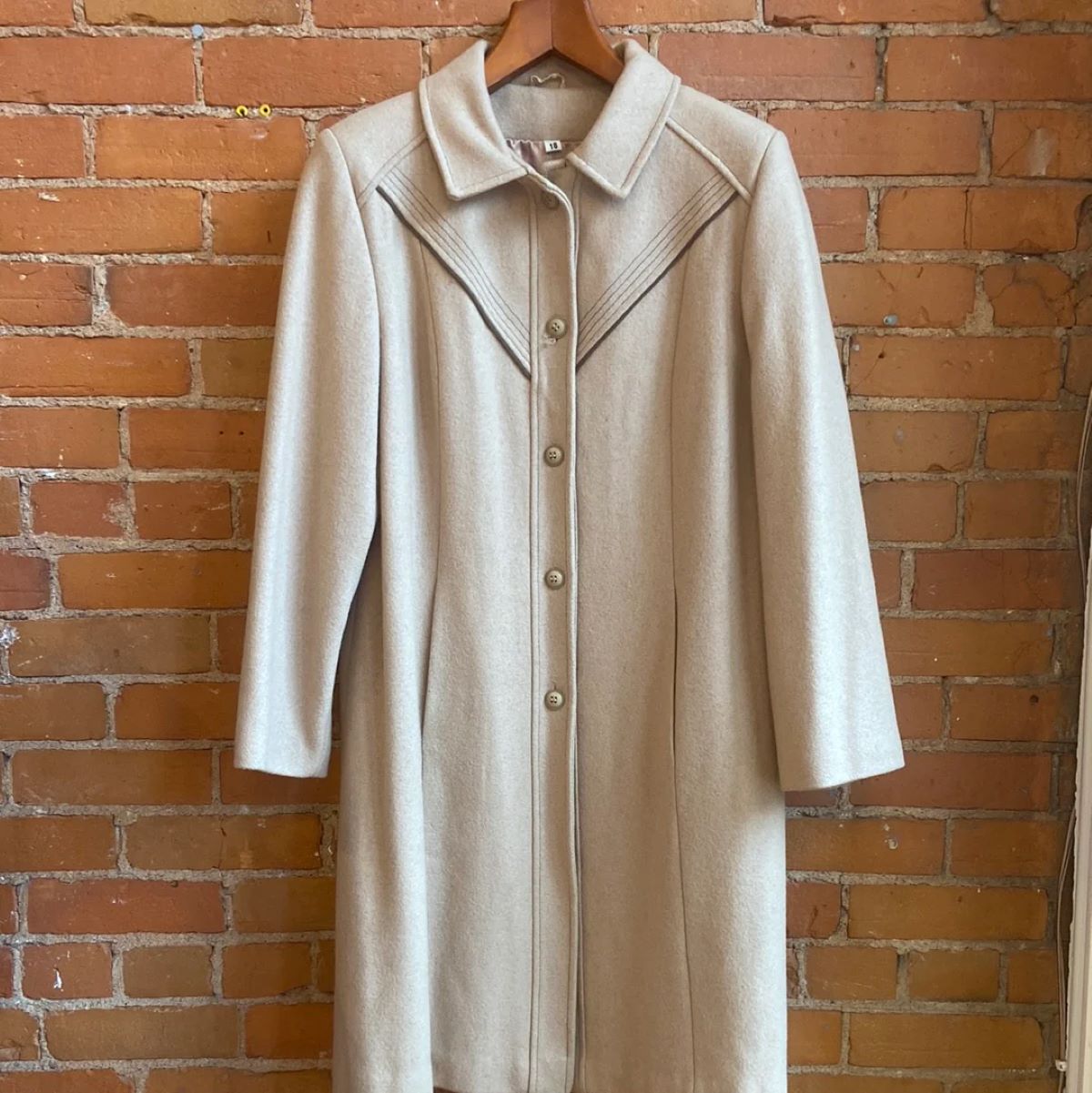
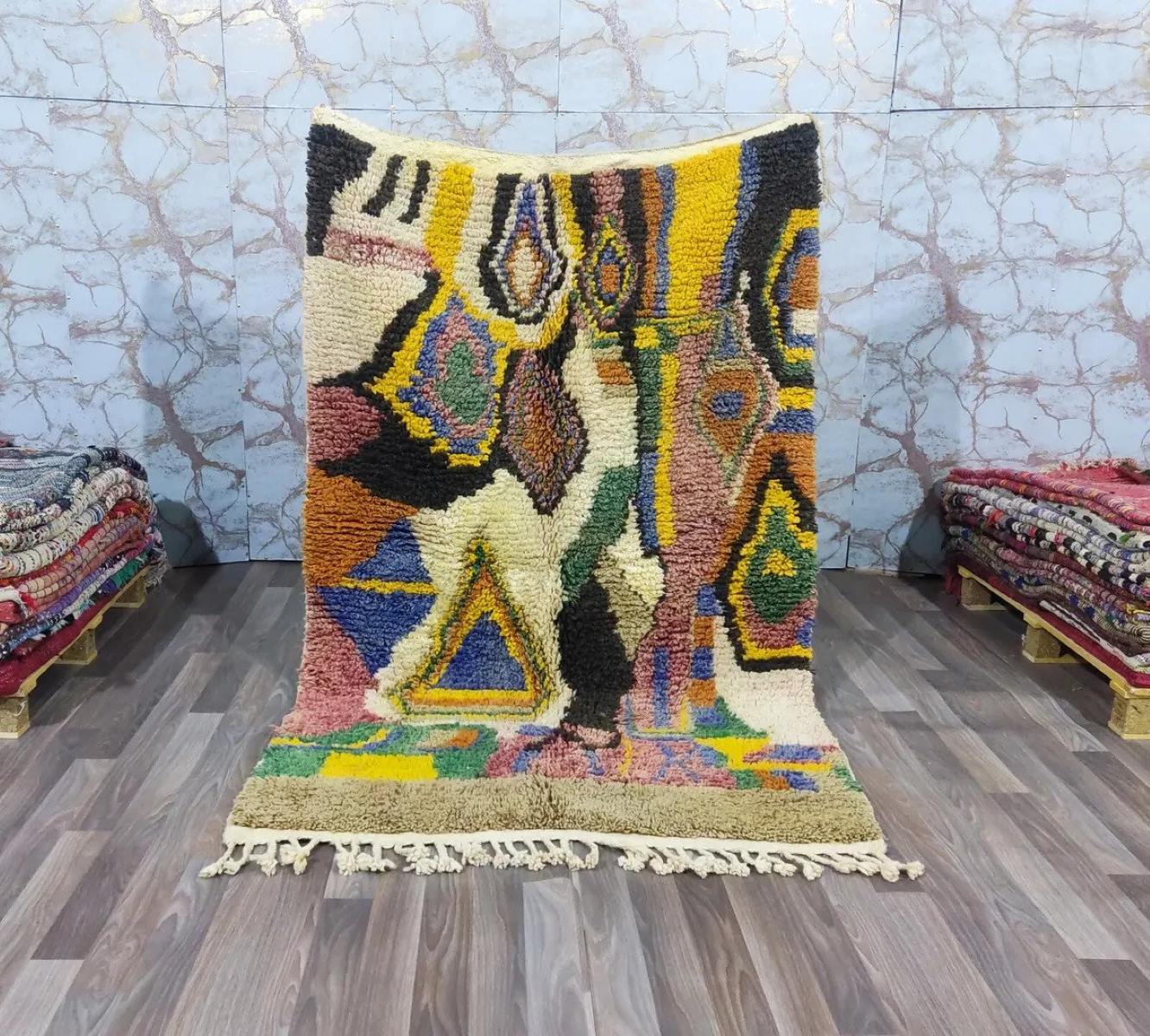
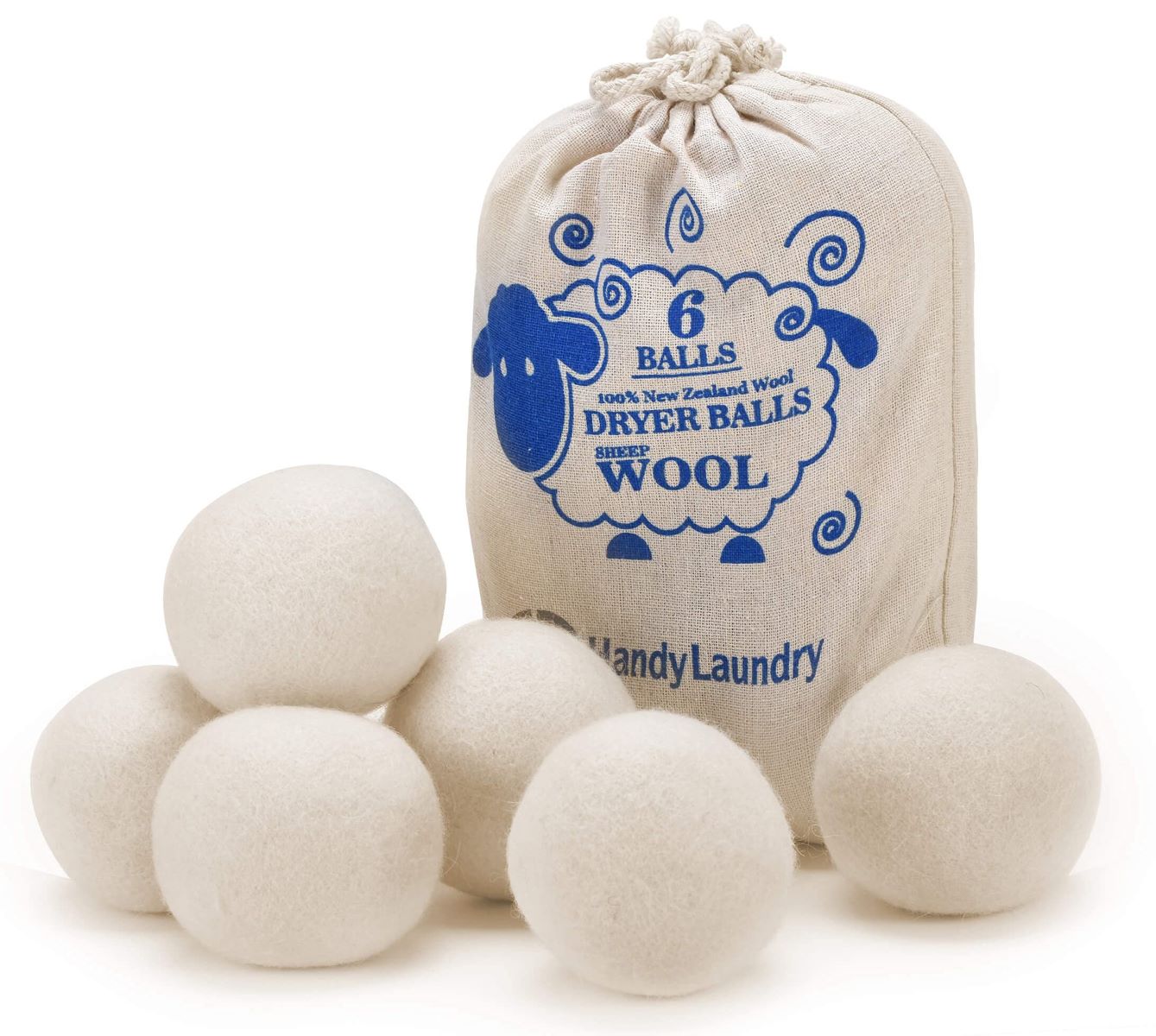


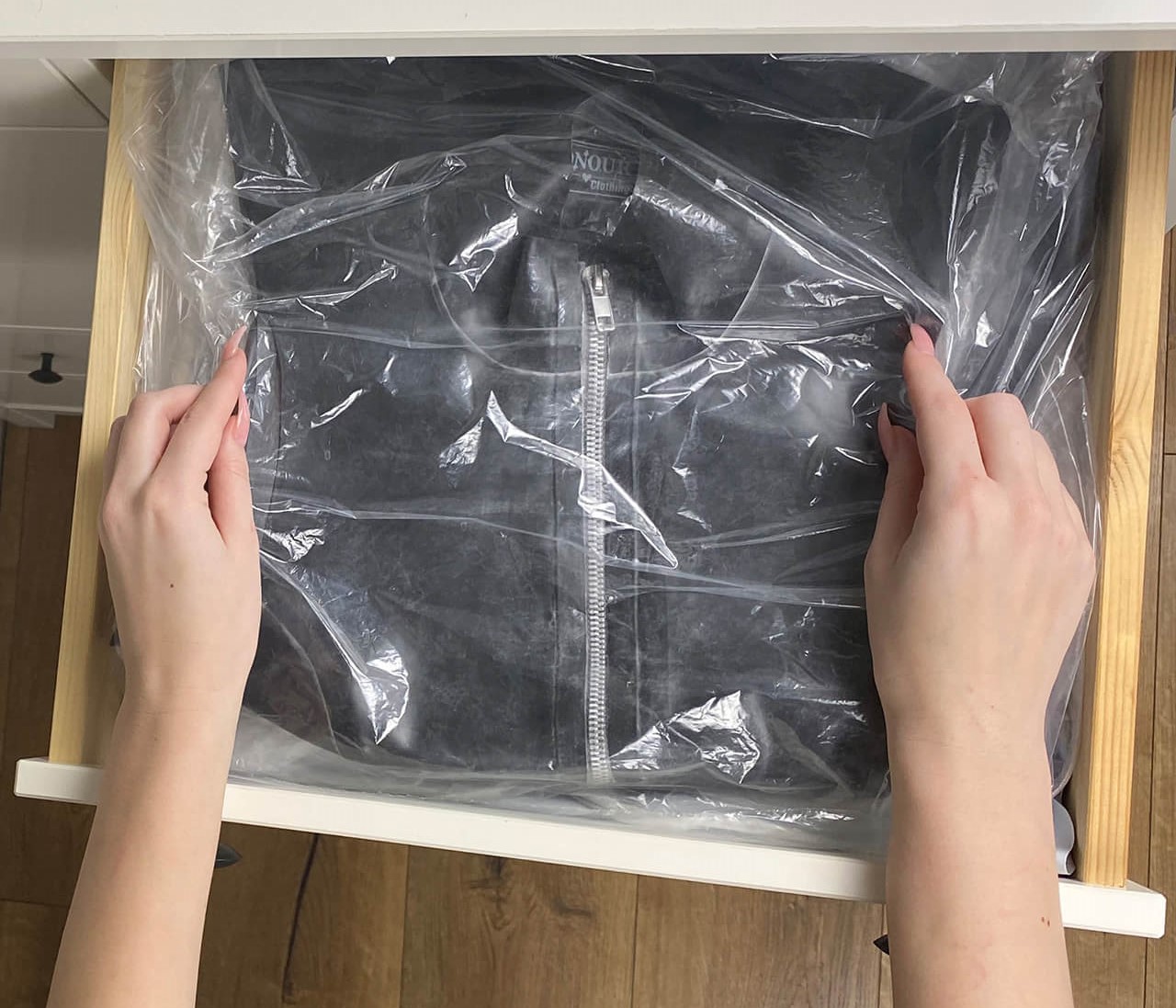
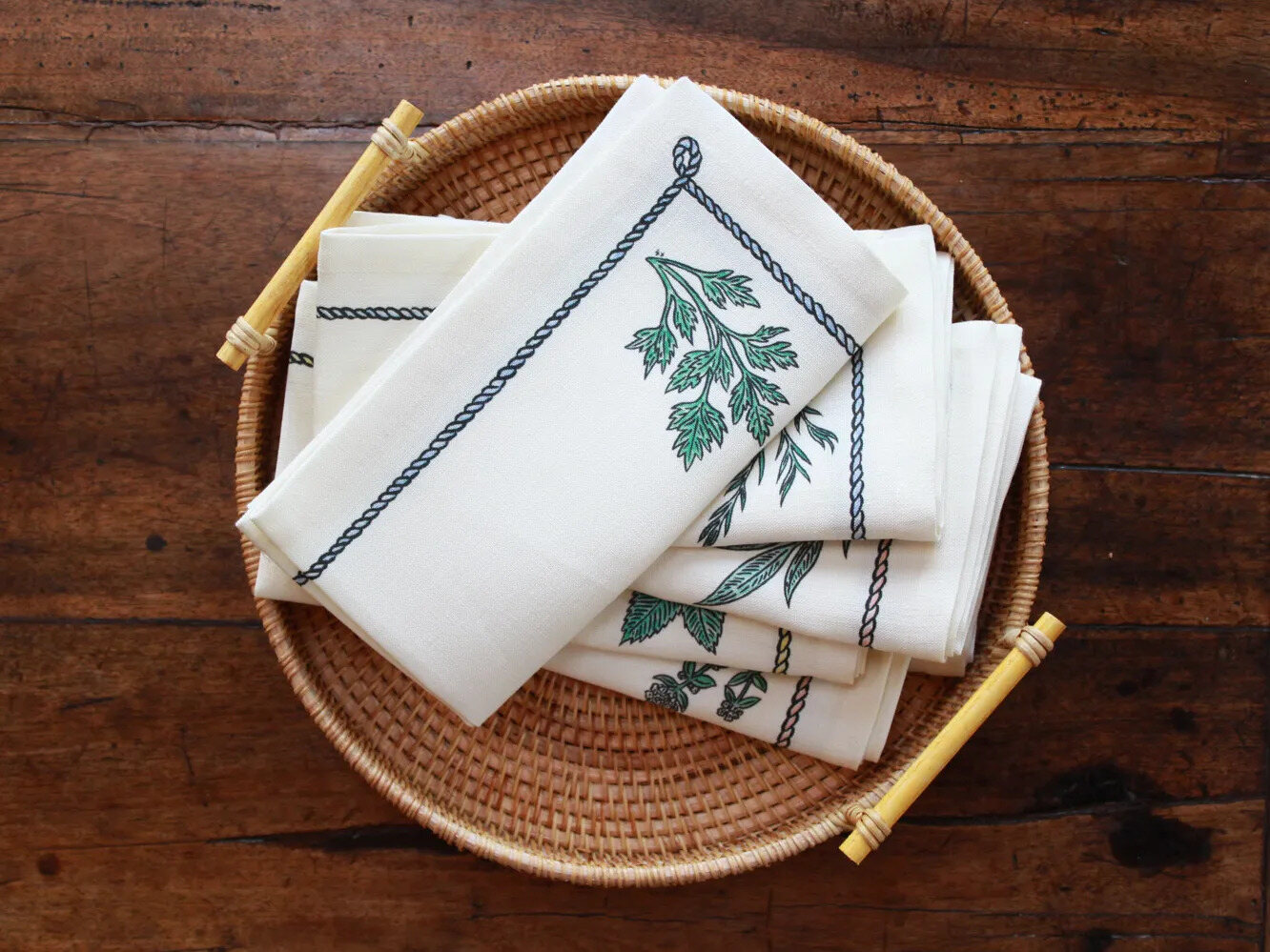


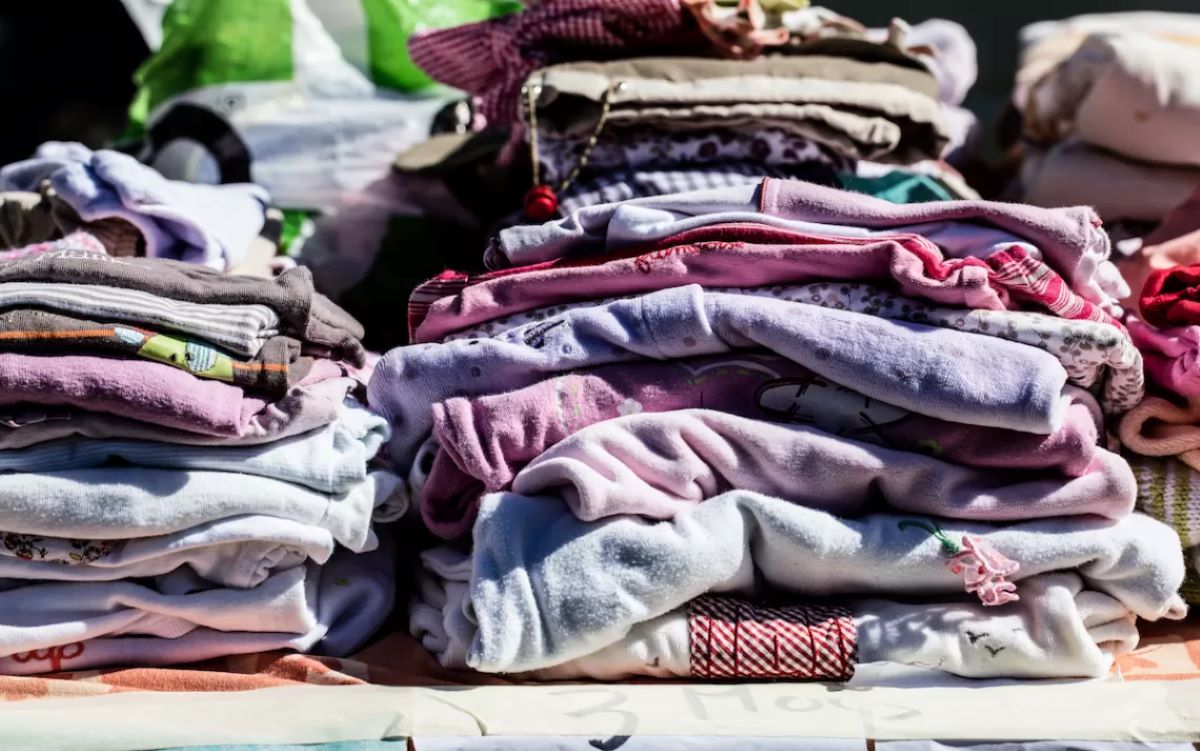




0 thoughts on “How To Store Merino Wool Clothing”